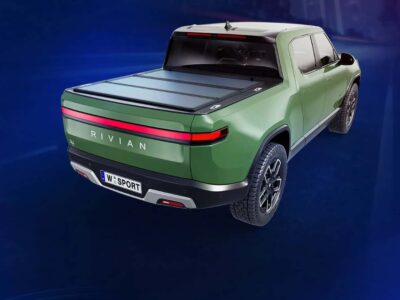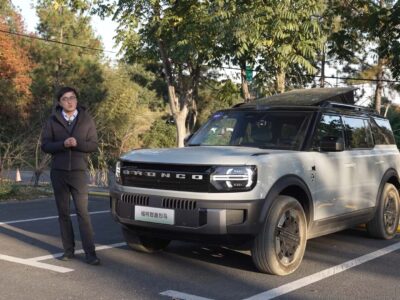
The 2022 Hyundai i10 marks the third generation of the South Korean automaker’s urban model. Despite the prevailing trend of electrification in this vehicle segment, the i10, for now, does not incorporate any form of electrification in its engines.
Since its debut in 2007, the i10 has evolved in dimensions, reaching a length of 3.67 meters and a width of 1.68 meters. These dimensions contribute to a more spacious interior compared to the previous version. Except for the base trim (Essence), all i10 versions feature five seats, a distinction shared only with the Kia Picanto and some versions of the Fiat Panda among their rivals. This feature makes it ideal for buyers frequently carrying three or four people on board (children, grandparents, etc.).
The Hyundai i10’s trunk has a capacity of 252 liters, making it the second-largest trunk in the small urban vehicle category (only the Kia Picanto has 3 liters more).
The standard equipment of the Hyundai i10 is quite comprehensive, and its finishes are among the highest in the range. The lowest trim level (Essence) includes a 3.8-inch screen, USB connection, USB charger, Bluetooth connectivity, automatic lights (with an active high-beam system), multifunction steering wheel, leather-covered gear lever, air conditioning, cruise control, speed limiter, driver fatigue detection system, and emergency braking assistance system.
Undoubtedly, this is a high level to compete with its rivals.
In higher trims such as Style or N Line, the Hyundai i10 features an 8-inch touchscreen, two front and two rear speakers, navigation, and connectivity with Android Auto and Apple CarPlay. These trims also include a wireless phone charger, heated seats and steering wheel, lane departure warning, traffic sign recognition, rearview camera, and climate control.
The Hyundai i10 is available in three different engine options, each offering a distinct power output.
At the entry level, there is the 1.0 MPI atmospheric three-cylinder engine with 67 hp, available with a five-speed manual gearbox or an automated manual transmission (AMT) with 5 speeds. This version is only available in Essence and Klass trims.
The 1.2 MPI engine is also atmospheric but with four cylinders, delivering 84 hp and 118 Nm of maximum torque. It is available with both a 5-speed manual gearbox and a 5-speed automated manual transmission (AMT). This version is available with Tecno and Style trims.
The 1.0 T-GDi engine is a turbocharged three-cylinder offering the best performance in the Hyundai i10 lineup. This variant is exclusively associated with the N Line trim, delivering 100 hp and 172 Nm of maximum torque. The transmission for this version is a 5-speed manual.
Notably, in the 100 hp variant, when cruising at 120 km/h, the engine runs at 3,500 rpm, which leads to fuel consumption exceeding 6 liters easily in these conditions. However, its city consumption is around 4 liters.
Hyundai i10: Prices
As mentioned at the beginning of this article, the Hyundai i10 does not feature any form of electrification, allowing it to have a more affordable price (US$ 18,500) with its highest equipment level compared to electric vehicles in the same segment with a lower trim, such as the Renault Twingo (US$ 20,900) or the smart EQ forfour (US$ 26,000).
Its main rival is the Kia Picanto, with which it shares a platform and mechanics. Opting for its highest trim (GT Line), the price is US$ 17,840, making it more economically appealing than our featured model.







